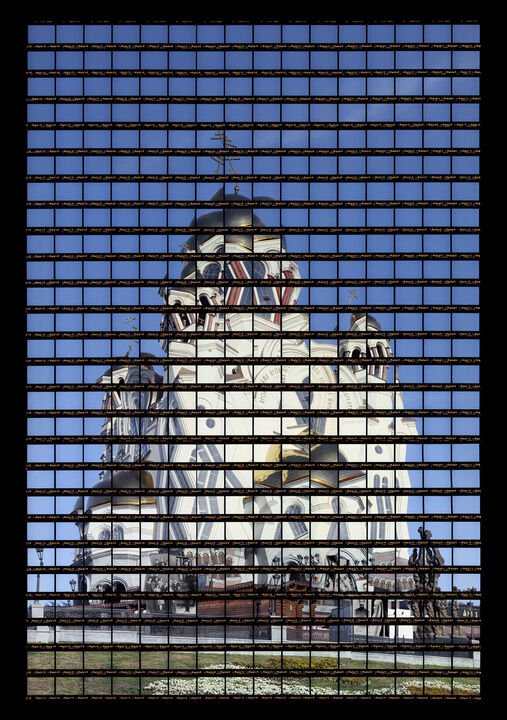
Yekaterinburg - The city with Siegen roots and its mineral resources
Yekaterinburg. On 18.11.1723 the fourth largest city of RRussia was founded by the Siegen citizen Georg Wilhelm Henning and the Russian economic organizer Wassili Tatischtschew.
The city is named after the beautiful Tsarina Katharina I. and Saint Katharina, patron saint of miners. Today it is one of the most important university and industrial cities of Russia.
The almost 550 km² city on the river Isset has over 1,300,000 inhabitants. It is the second most important industrial metropolis of the Urals after Perm. The region is rich in mineral resources - iron, gold and even platinum and numerous other ores are mined. Apart from mechanical engineering, metal processing and smelting, the production of military equipment is another industrial focus. The city owes this status to Georg Wilhelm Henning, among others, who advanced the industry with his extensive knowledge of iron casting. Within a short time, Ekaterinburg developed into the center of the iron and steel industry in the Ural Mountains.
The connection to the Trans-Siberian Railway and the international airport Koltsovo make the city an important traffic junction in the Urals and promote exports.
One of the most famous sights is the Russian Orthodox Cathedral on the Blood. It was built on the site where the Ipatiev House was located until 1977. In the night of July 16-17, 1918, the last Tsar Nicholas II and his family were murdered by the Bolsheviks in the basement of the house. The cathedral now serves as a place of pilgrimage for followers of the Russian tsarism.
Despite its size, the metropolis retains the charming flair and friendliness of a provincial town.
Thomas Kellner worked on the Siegen - Yekaterinburg - relationship with his exhibition genius loci








